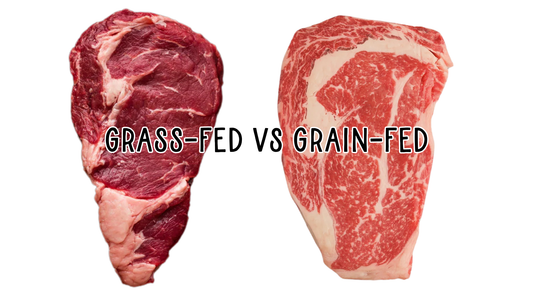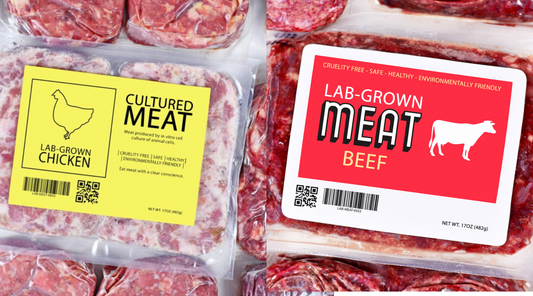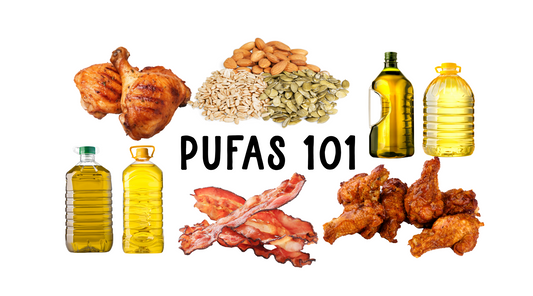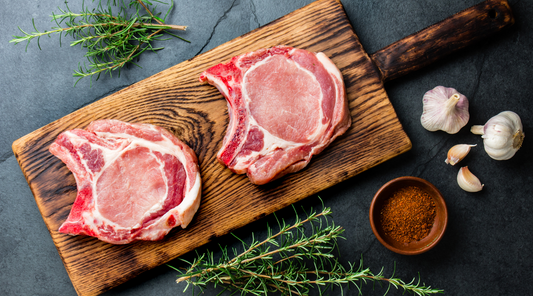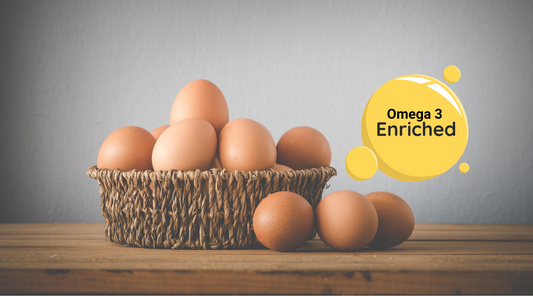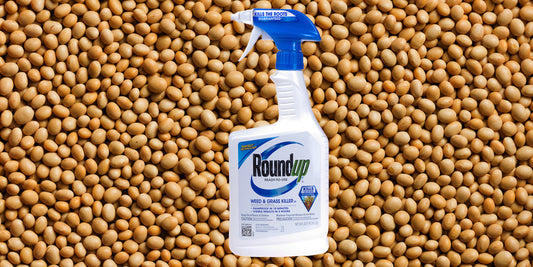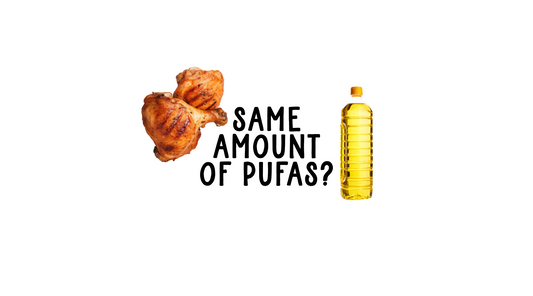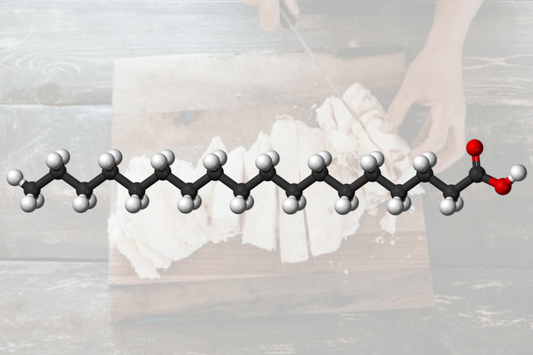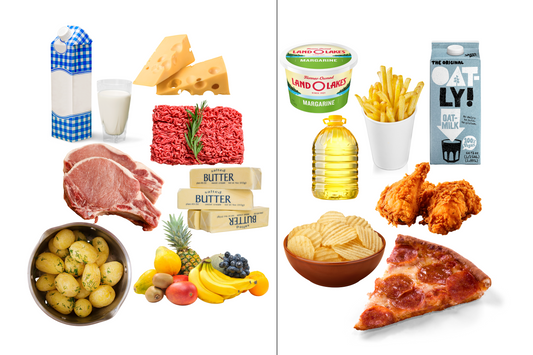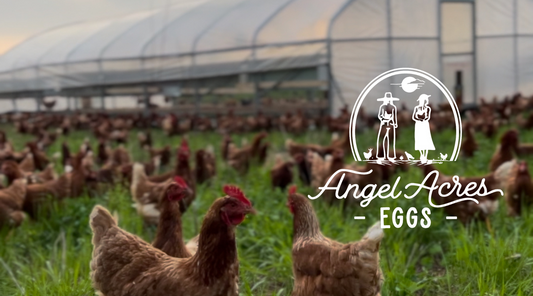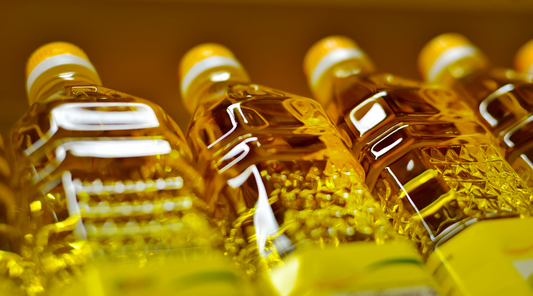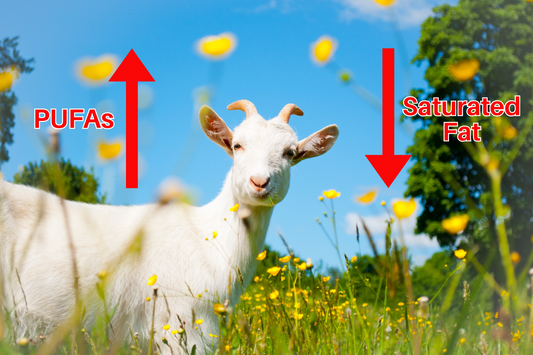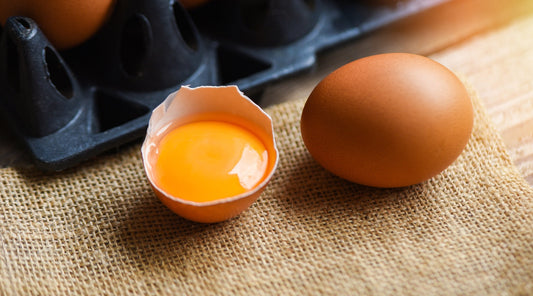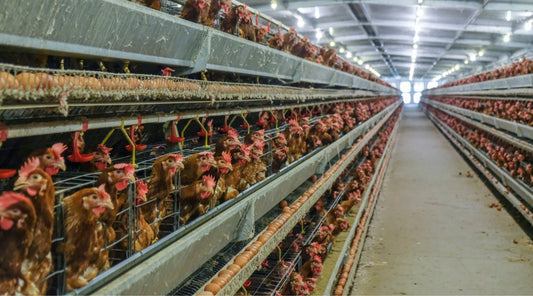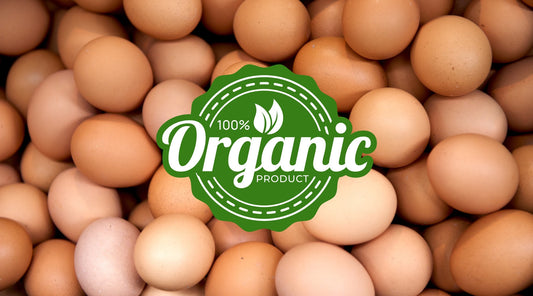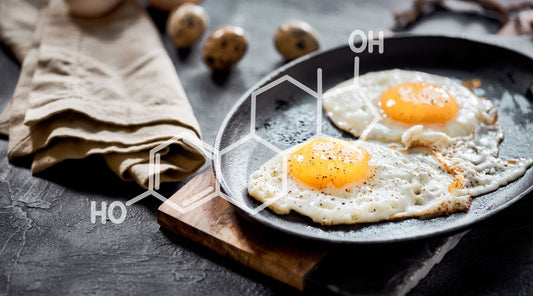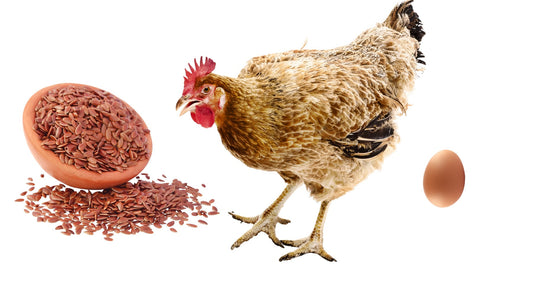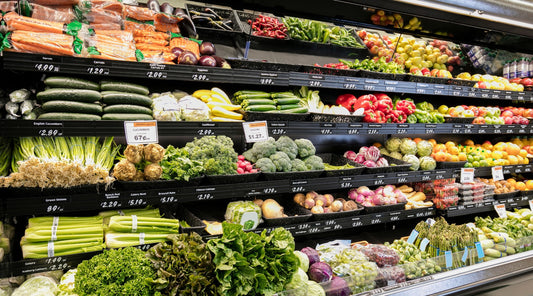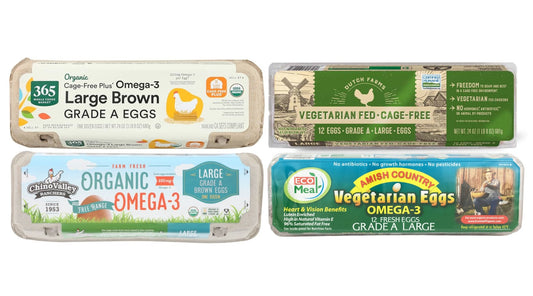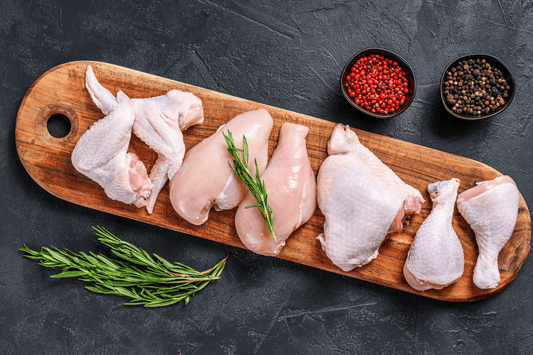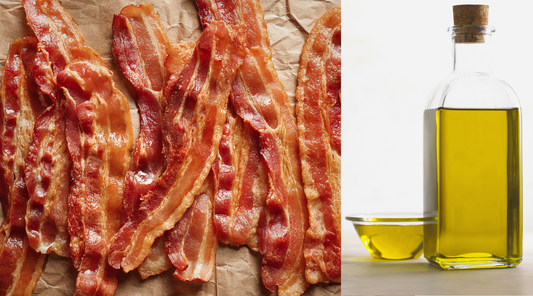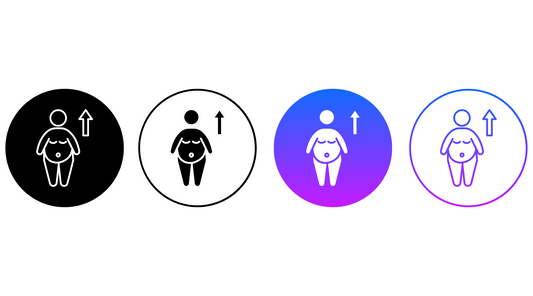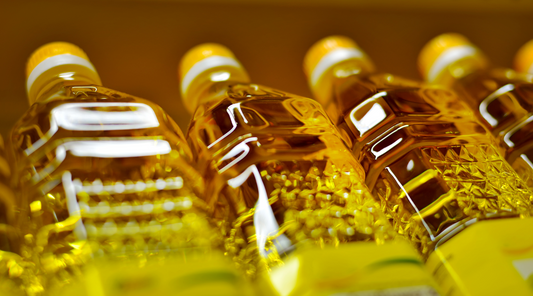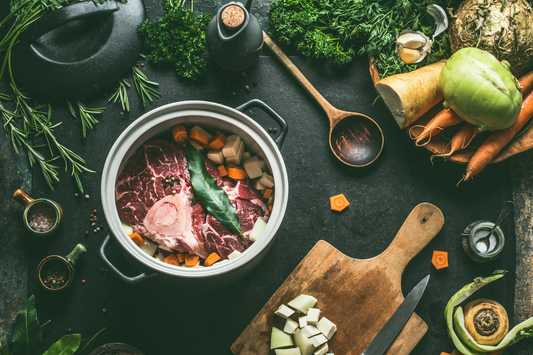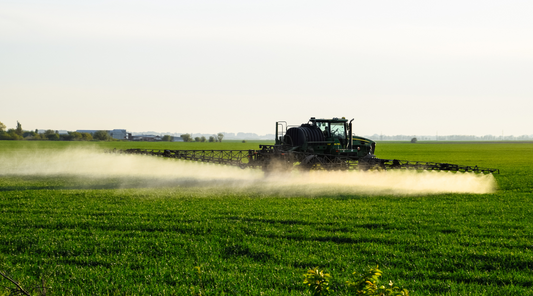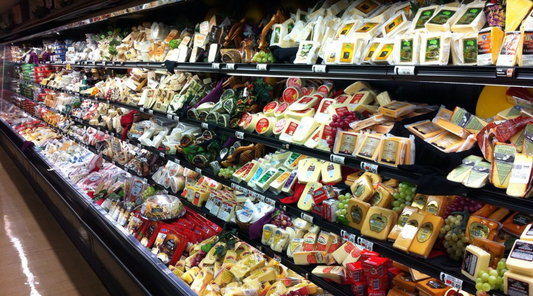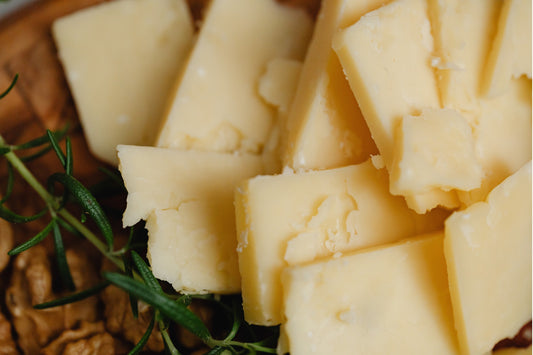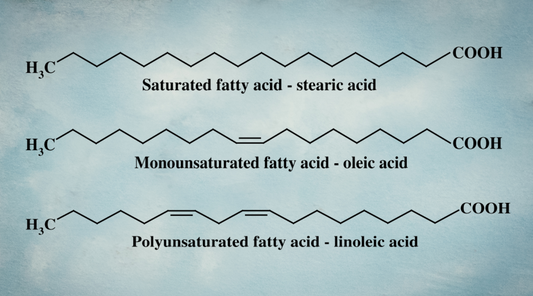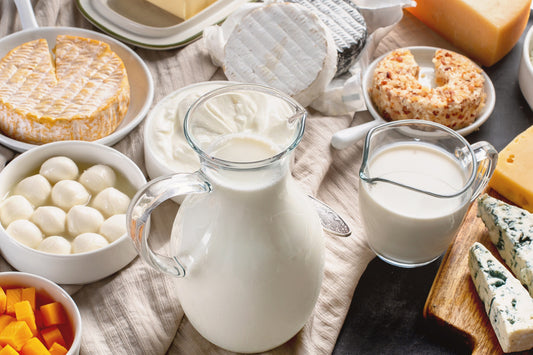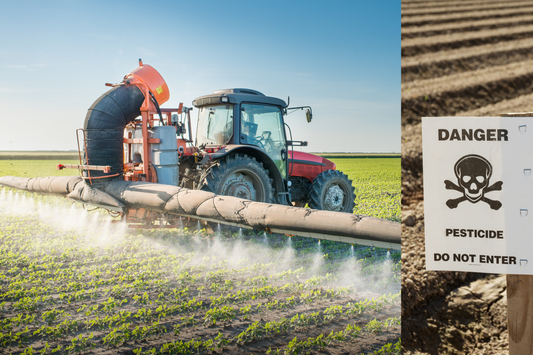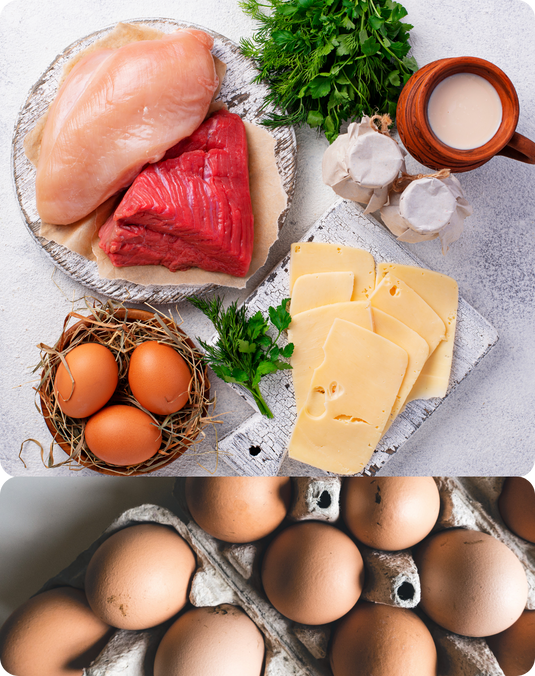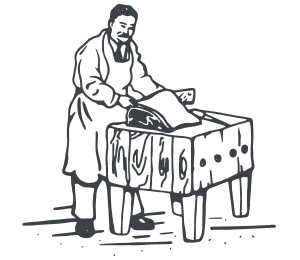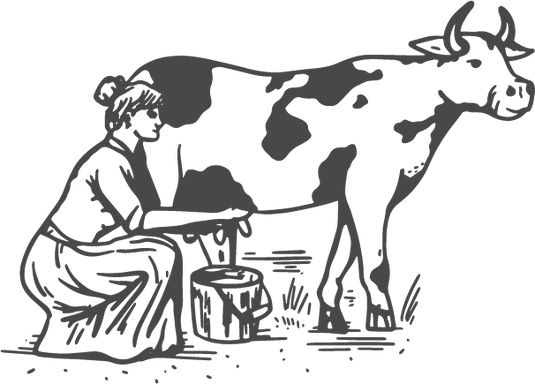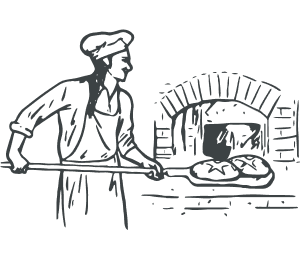
How Modern Animal Feed and Seed Oils Changed the Fat in Your Eggs, Meat, and Body
The fatty acid makeup of the human body has changed. Meaning, you are literally built differently than your great-great-grandmother. And when your body’s building blocks change, so does your biology. This shift alters metabolism, enzyme activity, and your internal environment, undermining nearly every aspect of health.

And it shows:
- - Metabolic rates are declining (r), we are burning less calories at rest
- - Obesity is rising (r) and we are gaining weight eating fewer calories (r)
- - Infertility is increasing (r)
- - Testosterone levels are plummeting (r)
- - Chronic disease and cancer rates are climbing (r)
- - Life expectancy is shrinking (r): we’re dying younger
- - Food intolerances and gut problems are the norm
Why Has Human Fat Composition Changed?
Because the fatty acid composition of our food system has changed, and since you are what you eat, your biology has followed.
We replaced the traditional fats our ancestors thrived on (butter, tallow, ghee, and other stable saturated fats) with industrial seed oils like soy, corn, and canola. These polyunsaturated fats (PUFAs) oxidize easily, disrupt cellular metabolism, and damage your body at the molecular level.

But it’s not just the seed oils.
The animals themselves have changed.
Livestock today are raised and fed in ways that make their fat more unsaturated and less saturated than ever before.
Industrial agriculture has flooded animal feed with high-PUFA ingredients: soy, corn oil, and dried distillers grains. On top of this, decades of misguided research pushed to lower saturated fat of animal fat in the name of “heart health.”

The result? The fat in modern chicken and pork now rivals canola oil in its PUFA content.
The very foods once prized for their stable, nourishing fats now mirror the same industrial oils that wreck our metabolism.
PUFAs in = PUFAs Out
There is a well-established relationship in animal nutrition: PUFAs in feed translate directly to PUFAs in the animal fat you eat.
In other words: PUFAs in = PUFAs out (and less saturated fat out).

With the rise of soy, corn, and other high-PUFA feed ingredients due to industrial agriculture (almost nonexistent a century ago) and the increase in confinement-based farming, animal fat is becoming progressively more unsaturated. The stable, nourishing fats our ancestors consumed are increasingly being replaced with fats that mirror the same unstable oils found in modern seed oils.
The Solution?
Well you can't expect to improve the fatty acid balance of your body by continuously eating a high PUFA diet...
It’s time to restore more saturated body fat and resilient metabolisms, the kind our great-great-grandparents had, by returning to traditional, farm-fresh food.
This blog post dives into the best low PUFA foods to support metabolic health. What foods to eat and what foods to avoid.
While the fear of saturated fat and the obsession with “heart-healthy” seed oils persists (and continue to alter the fatty acid composition of the food system) we are on a mission to do the opposite.
At Nourish Food Club, we are re-saturating: producing food your great-great-grandma would recognize, full of stable, nourishing fats that support real health.
The LowPs™ Standard
The research shows that what an animal eats and how it’s raised directly shapes the fat in its eggs and meat, and ultimately the composition of your body fat and metabolism.
Even pasture-raised chickens and pigs rely on supplemental feed, which can make up 70–95% of their diet. What they eat on pasture matters, but many farms use off-the-shelf industrial feeds loaded with Omega-6 PUFAs.
At Nourish, we put human health first. We go a step further: we don’t buy feed off the shelf. We make it ourselves for our pasture-raised livestock. Free of corn, soy, flax, and low in PUFAs, our custom feed produces eggs and meat with a healthier fatty acid profile (the kind your great-great-grandparents would recognize!)
And we don’t just guess. We test! Our feed increases metabolism-supporting stearic acid (a stable saturated fat) while reducing PUFA levels in the food you eat.
This Isn’t a Trend, It’s a Return
A return to fats our ancestors thrived on
A return to more saturated body fat stores.
A return to foods that supported resilient metabolism for generations.
Better for your health, better for the land, and better for the animals.











